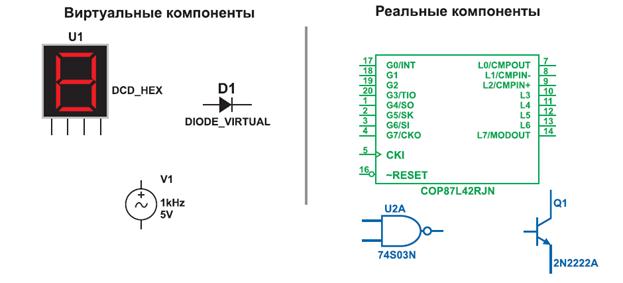Hydroelectric power
Hydroelectric power is electricity produced from generators driven by water turbines that convert the potential energy in falling or fast-flowing water to mechanical energy. In the generation of hydroelectric power, water is collected or stored at a higher elevation and led downward through large pipes or tunnels to a lower elevation; the difference in these two elevations is known as the head. In the course of its passage down the steep pipes, the falling water rotates turbines. The turbines in turn drive generators, which convert the turbines' mechanical energy into electricity. Transformers change the current produced by the generators into a very high-voltage current that is suitable for long-distance transmission. The structure that houses the turbines and generators, and into which the pipes feed, is called the powerhouse. Hydroelectric power plants are usually emplaced in dams that impound rivers, thereby raising the level of the water behind the dam and creating a relatively high head. The potential power that can be derived from a volume of water is directly proportional to the working head, so that a high-head installation requires a smaller volume of water than a low-head installation to produce an equal amount of power. In some dams, the powerhouse is constructed on one flank of the dam; part of the dam itself is used as a spillway over which excess water is discharged in times of flood. Where the river flows in a narrow, steep gorge, the powerhouse may be in the dam itself. In some areas where electric-power demand varies sharply at different times of the day, pumped-storage hydroelectric stations are used. During off-peak periods, some of the extra power available is used to pump water into a special reservoir. Then, during periods of peak demand when the power required by the system exceeds the base-load value, the water is allowed to flow down again to generate additional electrical energy. Pumped-storage systems are efficient and, in most cases, constitute the most economical way to meet peak loads. Falling water is one of the three principal sources of energy used to generate electric power, the other two being fossil fuels and nuclear fuels. Hydroelectric power has certain advantages over these other sources: it is continually renewable owing to the recurring nature of the hydrologic cycle; and it produces no pollution. Hydroelectric power is of varying importance in different countries. Nations such as Norway, Sweden, Canada, and Switzerland are able to rely heavily on hydroelectricity because they all have mountainous regions that are subject to heavy rainfall and that lie in close proximity to industrialized areas that require large amounts of electricity. These countries have built hydroelectricity-producing dams at many of the favourable sites within their borders. Hydroelectric power is utilized on a relatively large scale by various other countries, including the United States, Russia, China, India, and Brazil, but it contributes a much smaller proportion of these nations' total electric-power production.
Essential vocabulary: 1. elevation – возвышенность, высота (над уровнем моря) 2. head – верхняя часть, исток реки, верхушка, вершина, голова 3. passage - проход 4. steep - крутой, высокий 5. transformer – преобразователь, трансформатор 6. current - поток 7. transmission - передача 8. powerhouse - электростанция 9. to emplace – устанавливать, располагать 10. to impound – запруживать (воду) 11. to derive - получать 12. volume - объем 13. equal amount – равное количество 14. flank – сторона, фланг 15. spillway - водослив 16. excess - избыток 17. to discharge – нести воды (о реке), вытекать 18. gorge – узкое ущелье 19. flood - наводнение 20. value – величина, значение 21. fossil fuel – природное топливо (горючее) 22. recurring nature – обновляющаяся природа 23. proximity - близость 24. favourable – выгодный, благоприятный 25. to utilize - использовать 26. large scale – большой масштаб 27. to contribute – содействовать, способствовать 28. proportion – количественное соотношение, соразмерность, часть, доля
I. Answer the following questions: 1. What is hydroelectric power? 2. What happens when hydroelectric power is generated? 3. What are the transformers needed for? 4. Where is the powerhouse usually constructed in dams? 5. What cases are pumped-storage hydroelectric stations used in? 6. What advantages does hydroelectric power have?
II. Find the English equivalents of the following phrases in the text: v быстрый поток воды v объем воды v поднимать уровень воды v горные районы v период повышенного спроса v избыток воды v течь по узкому ущелью v вращать турбину v источник энергии v вырабатывать энергию v одна сторона дамбы v равное (одинаковое) количество энергии v близость к промышленным зонам v вырабатывать дополнительную энергию v иметь определенные преимущества v превращать механическую энергию в электричество v поток высокого напряжения v благоприятное месторасположение v использовать в больших масштабах (на больших территориях) v стекать вниз
I. Discuss the following questions before reading the text: 1. What is a truck? 2. What is the function of the industrial truck? Where is it used? 3. What loads do the trucks usually carry? 4. Would you like to drive such a vehicle?
|




